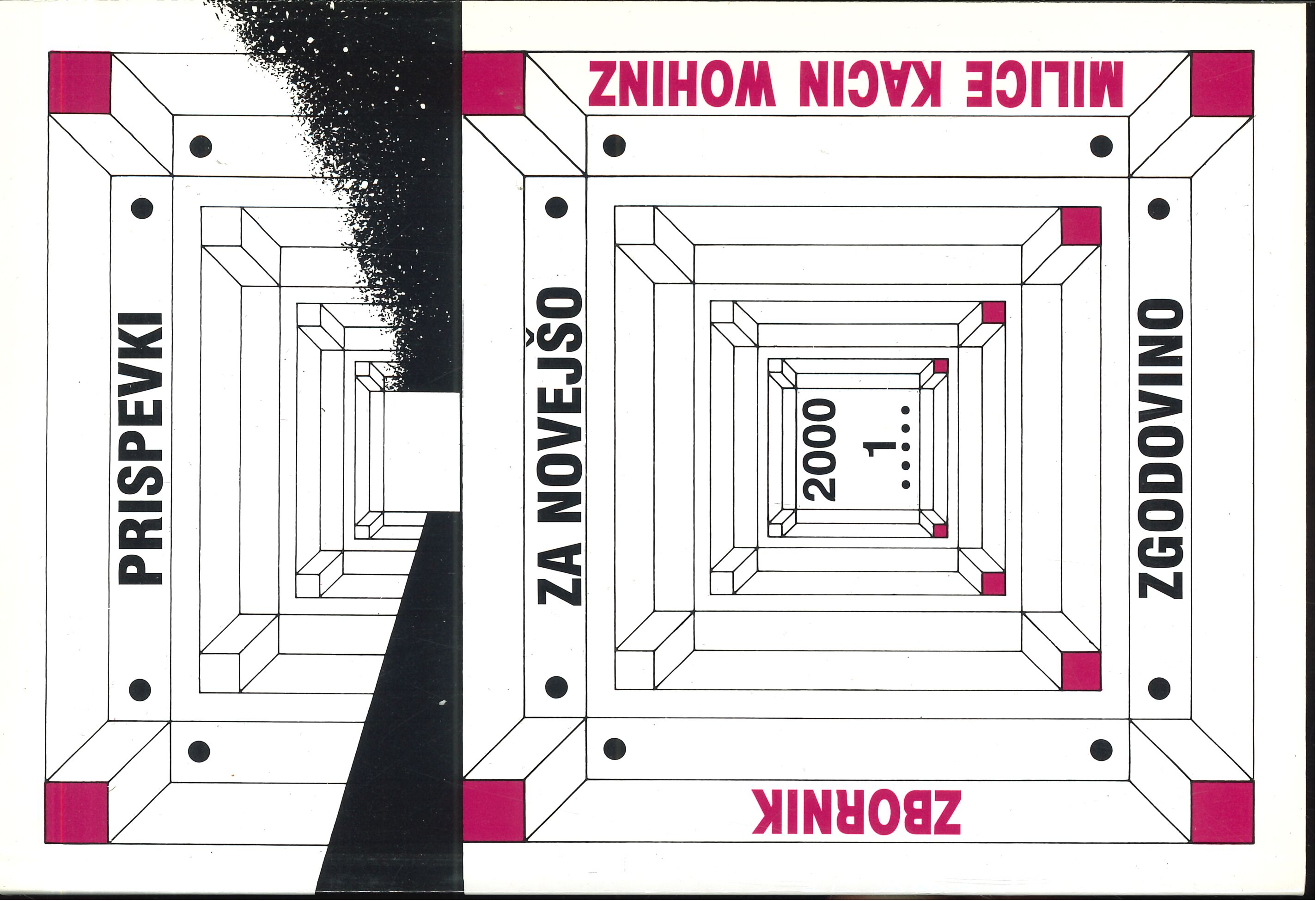Preselitve v Julijski krajini po drugi svetovni vojni
Ključne besede:
Julijska krajina, Primorska, slovensko-italijanski odnosi, preseljevanje, izseljevanje, IstraPovzetek
Razprava obravnava preseljevanje prebivalstva na območju Julijske krajine v prvem desetletju po koncu druge svetovne vojne. To dogajanje je bilo večplastno in je zajelo Slovence, Hrvate in Italijane. Kmalu po kapitulaciji Italije septembra 1943 so iz Slovenskega primorja odšli skoraj vši Italijani, ki so se tja priselili po letu 1918. Iz Istre se je izselila velika večina italijanske narodne skupnosti, a tudi mnogi Slovenci in Hrvati. Z območja, ki je bilo leta 1947 priključeno Sloveniji, so zlasti zaradi komunizma pred razmejitvijo leta 1947, pa tudi kasneje, odhajali Slovenci, tja pa so prav zaradi komunizma prihajali italijanski delavci. Iz ostalih italijanskih dežel so se vračali v času fašizma internirani, preseljeni in mobilizirani Slovenci in Hrvati, iz Jugoslavije pa predvojni emigranti. Iz Tržaške pokrajine so se sredi petdesetih let v prekomorske države izselili številni domačini, okrog 30% med njimi je bilo Slovencev.
Prenosi
Objavljeno
Številka
Rubrika
Licenca
Avtorji prispevkov, objavljenih v tej reviji, soglašajo z naslednjimi pogoji glede avtorskih pravic:
- Avtorji ohranijo avtorske pravice, reviji pa odobrijo pravico do prve objave. Delo se hkrati zaščiti z licenco za prosto uporabo avtorskih del (Creative Commons Attribution License), ki drugim osebam omogoča deljenje dela ob priznanju avtorstva in prve objave v tej reviji.
- Avtorji lahko sklenejo ločene dodatne pogodbene dogovore za neizključno distribucijo različice dela, objavljene v reviji, (npr. oddaja v institucionalni repozitorij ali objava v knjigi) z navedbo, da je bilo delo prvič objavljeno v tej reviji.
- Pred postopkom pošiljanja in med njim lahko avtorji delo objavijo v spletu (npr. v institucionalnih repozitorijih ali na svoji spletnih strani), k čemer jih tudi spodbujamo, saj lahko to prispeva k plodnim izmenjavam ter hitrejšemu in obsežnejšemu navajanju objavljenega dela (glej The Effect of Open Access).


